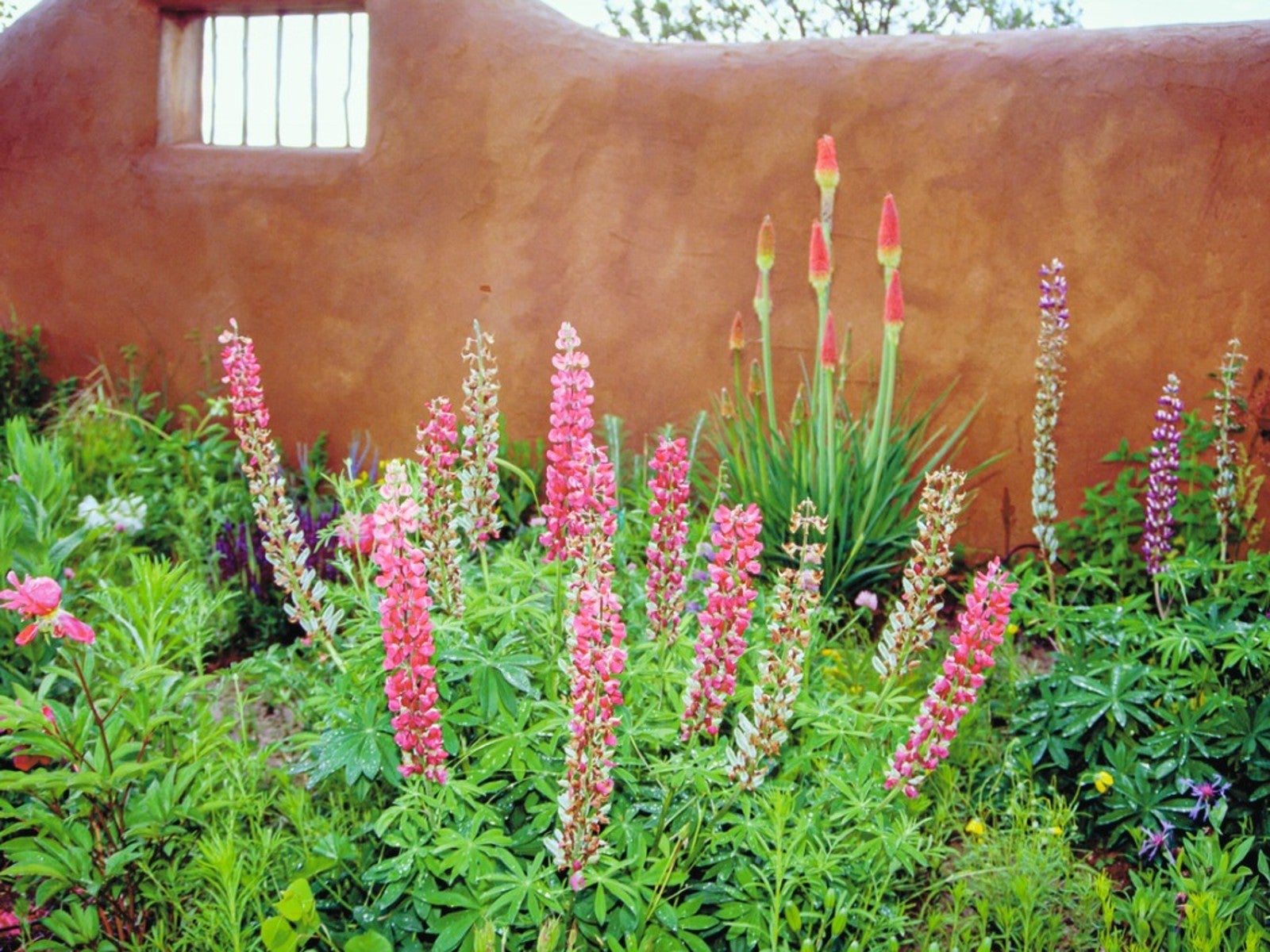Landscaping With Native Plants Of The Southwest


Selecting the right plant for your zone is crucial to good growth and development. The southwestern region of North America tends to be hot and dry, with a rainy season that is capricious. Southwest native plants are always recommended for the region, due to their adaptability and resilience to the climate. Wild plants require less care and have resistance to the local pests and diseases. They have acclimatized to the pattern trends and the sometimes- scorching heat.
The garden design should include a variety of plants for dimension and a broad palette. Included in these are native plants. For instance, Utah native plants such as Pinyon pine, Utah holly, and serviceberries. These plants are water wise, attract wildlife, and are easy to grow. Choosing native plants for specific regions is made simple by local Extension services who publish lists of plants suitable for the garden. These lists will generally give lighting, moisture, and other site selection guidelines for fool proof garden planning.
Native Colorado Plants
Choosing to use a range of native plants, reflects and supports the wild ecosystem. Wild plants are adapted to the soils and climate of their particular zone. In Colorado, the high elevation provides a cool, dry climate with hot summers. There is usually plenty of snow and cloudy days. Suggested plants for the Colorado home garden are:
- twinberry
- purple poppy mallow
- blanket flower
- red berried elder
- prairie zinnia
- waxflower
- western chokeberry
- serviceberry
- desert four o'clock
- bee balm
- harebells
- wax currant
- wild rose
- golden currant
- spiderwort
- Rocky Mountain penstemon
The flowering plants will encourage pollinators, provide habitat, and add easy beauty to the landscape.
Arizona Native Plants
Using Extension services or local native plant societies as a guide, the home gardener in the southwest can utilize local flora as part of their landscaping scheme. Such plants encourage native fauna and provide proven successors for the garden. Wild plants will adjust and establish more quickly than imported varieties. They also need less water, fertilizer, and special care. Arizona native plants to try:
- passionvine
- spinystar
- blue grama
- blackfoot daisy
- wolfberry
- cypress
- velvet ash
- buck-horn cholla
- beargrass
- butterfly milkweed
- coral bean
- beaver tail prickly pear
- yucca
- aster
- bullgrass
- bush muhly
- cardinal flower
- desert penstemon
- creosote bush
- deer grass
- sacred thorn apple
- thicket globe mallow
- Hohokam century plant
- Mojave lupine
- Santa Cruz beehive cactus
- agave
- sugar sumac
- Wright's buckwheat
- walking stick cactus
- Saguaro
- prairie Acacia
New Mexico Native Plants
Many of the above plants will be adapted to New Mexico, but it has its own flora. Taking time to ensure soil condition and provide irrigation in the form of drip or other systems, will make establishment of new plants quicker. Often there is more than one variety of a particular desired species. Take into consideration grasses. There are many plains and desert grasses from which to select, such as blue grama, buffalograss, Indian ricegrass, beargrass, western wheatgrass, and little bluestem. Penstemon and primrose also provide many varieties from which to choose. Certain characteristics and size will vary, allowing for many options.
- western soapberry
- Mexican hat
- Ponderosa pine
- creosote bush
- western blue flag
- desert sweet fernbush
- butterfly weed
- common yarrow
- common silverweed
- Great basin sagebrush
- Wright's silktassle
- prairie verbena
- yellow spiderflower
- Santa Fe phlox
- Ponderosa pine
- littleleaf sumac
- New Mexico locust
- scrub live oak
- dotted blazing star
Gardening tips, videos, info and more delivered right to your inbox!
Sign up for the Gardening Know How newsletter today and receive a free copy of our e-book "How to Grow Delicious Tomatoes".

Bonnie Grant is a professional landscaper with a Certification in Urban Gardening. She has been gardening and writing for 15 years. A former professional chef, she has a passion for edible landscaping.